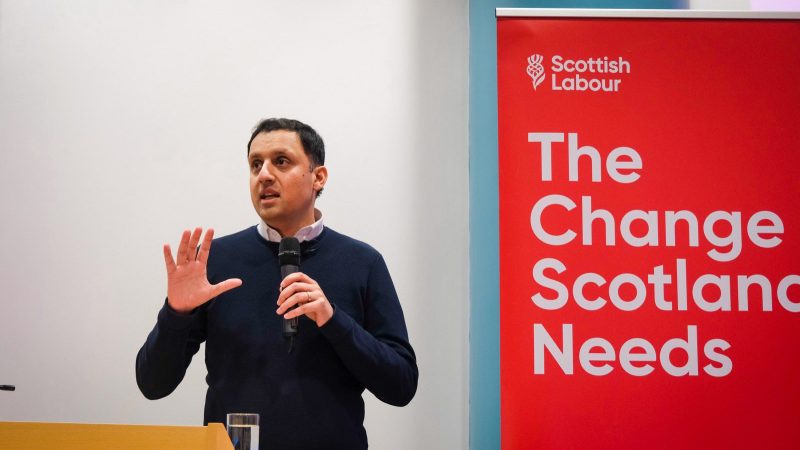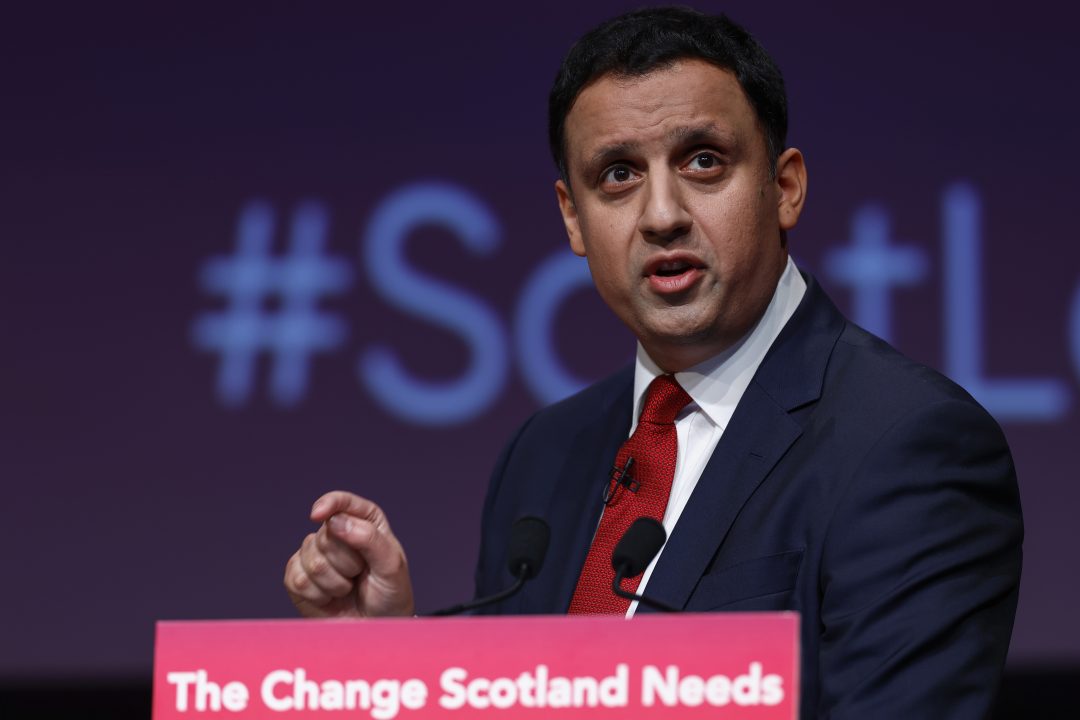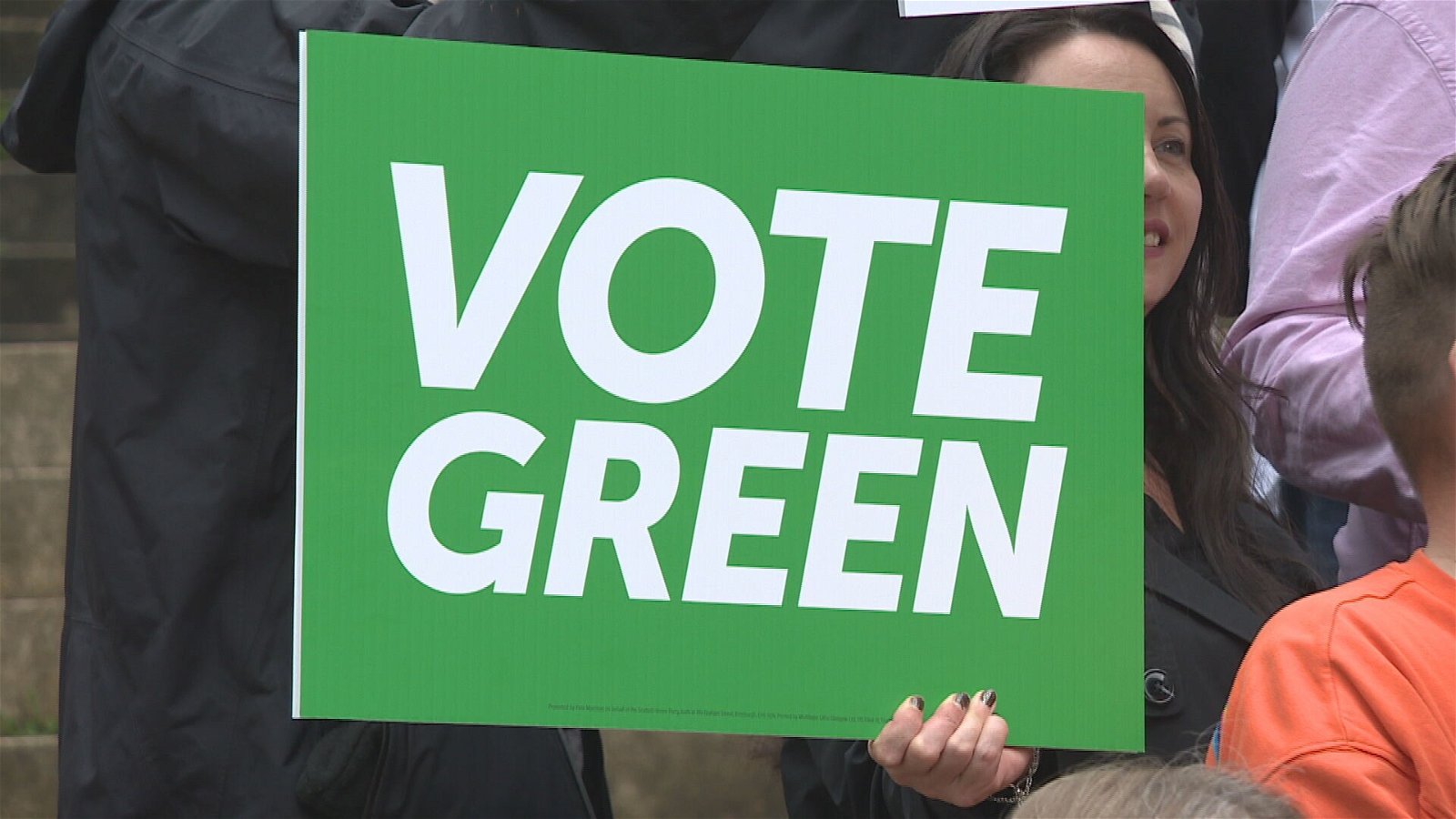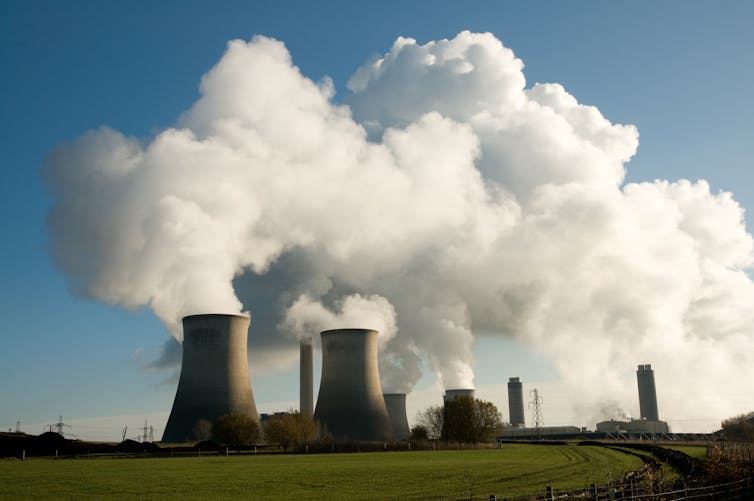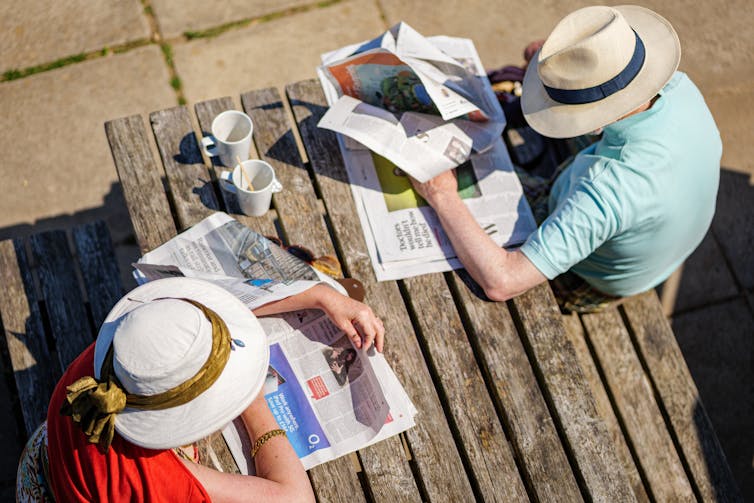BBC Question Time: analysis suggests overuse of right wing voices
Is the national broadcaster’s flagship political programme Question Time sacrificing standards in favour of promoting provocation?

On the air since 1979, the BBC’s venerable Question Time is an important part of Britain’s political life, including during election campaigns. Millions are likely to tune in to the leaders’ special on 20 June. The leaders of the country’s four largest political parties by number of MPs (Conservatives, Labour, Liberal Democrats, and the SNP) will be quizzed by a studio audience.
At Cardiff University’s School of Journalism, Media, and Culture, we are conducting ongoing analysis of how guests have been chosen for the programme over the last decade. Our findings so far – published here for the first time – reveal that while the Question Time producers have broadly balanced the main political parties, they have frequently relied upon a small number of right wing guests to provoke entertaining debates.
Impartiality and representation
Like most public service broadcasters worldwide, the BBC believes that impartiality is a core tenet of its approach to covering political debate. Coverage should be unbiased, balanced, and objective, with no favouritism towards any side. This is monitored by the UK’s media regulator, Ofcom, which can levy fines or even end a broadcaster’s licence if impartiality rules are repeatedly flouted.
To test how this is applied to Question Time, our researchers compiled a dataset of all editions of the programme from September 2014 until July 2023 – a total of 352 programmes with 1,734 guest slots across the nine seasons, filled by 661 different people.
The programme’s producers go to considerable lengths to provide panels with a representative view of British political life. During the timeframe of this study, there was never an all-male panel and rarely one that was entirely white. Given the format of Question Time, it is not surprising to find that both Labour and Conservative politicians were well represented throughout the nine seasons.
Among the smaller parties, the SNP had a significant presence. This reflects its status as the ruling party in Scotland (though in coalition with the Scottish Greens between August 2021 and April 2024) and its position as the third-largest party in Westminster since the 2015 general election. The Green Party consistently appeared each season, although its appearances declined from a peak of five in 2015–16 to just one in 2021–22. This was despite its vote share growing to 2.7% in 2019. The Nigel Farage-led parties Ukip, the Brexit party, and Reform UK also declined from a peak of 16 appearances in 2015–16 to just one in each of the last three seasons in the sample.
Repeat appearances
Many guests made repeat appearances, with the political parties relying on panellists who shine in the combative atmosphere of Question Time. Labour’s shadow cabinet members Emily Thornberry and Lisa Nandy were most often featured. Perhaps surprisingly given some of the criticism of the show, in this timeframe, the Greens’ former leader Caroline Lucas appeared more often than Farage.
Removing politicians from the list of most frequent guests shows that several high-frequency panellists are being used, most of whom come from the political right. The regularly featured journalists are typically opinion columnists who contribute to right wing press outlets such as the Mail or The Telegraph, or who make appearances on right-leaning broadcasters like GB News and TalkTV.
The Spectator wields significant influence, with the top five most frequently used panellists all writing for the magazine. In contrast, there is no comparable influence from left wing publications. The most frequently featured writers from the left were Novara Media’s Ash Sarkar (six appearances) and former Guardian columnist Giles Fraser (five appearances).
In booking guests, the Question Time producers clearly consider both the show’s public service nature — holding senior politicians to account — and the requirement to make the programme entertaining for a mass audience. The tendency to overuse panellists who write or broadcast for right wing media outlets suggests an emphasis on heat over light.
The Question Time bias question
Question Time has long been accused of bias towards both the left and right – usually a good indication of balance. But the overuse of right wing guests, as identified in our analysis, supports some of these claims of a lack of impartiality. The regular appearances of panellists such as Isabel Oakeshott and Julia Hartley-Brewer – the two most frequent non-politician guests in our analysis – raise questions about how producers choose guests.
It is worth pointing out that there is nothing wrong with the BBC inviting guests from these organisations, nor is there anything wrong with political writers from The Spectator discussing the political issues of the day. However, the lack of counterbalancing narratives from left wing publications is notable.
Debate programmes such as Question Time are subject to the same stringent rules on impartiality as news programmes. But academic research has tended to focus mostly on analysing impartiality in news bulletins. Our findings suggest that researchers should also pay attention to the balance on political debate programmes.
The commitment to due impartiality can indeed mean that impartiality occurs over time – but the evidence does not demonstrate Question Time is achieving this. Instead, it may be sacrificing the BBC’s reputation for impartiality to create provocative programmes.
Matt Walsh, Head of the School of Journalism, Media and Culture, Cardiff University. This article is republished from The Conversation under a Creative Commons license. Read the original article



